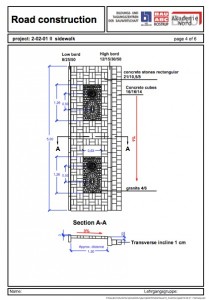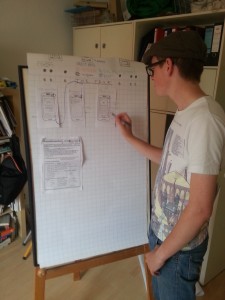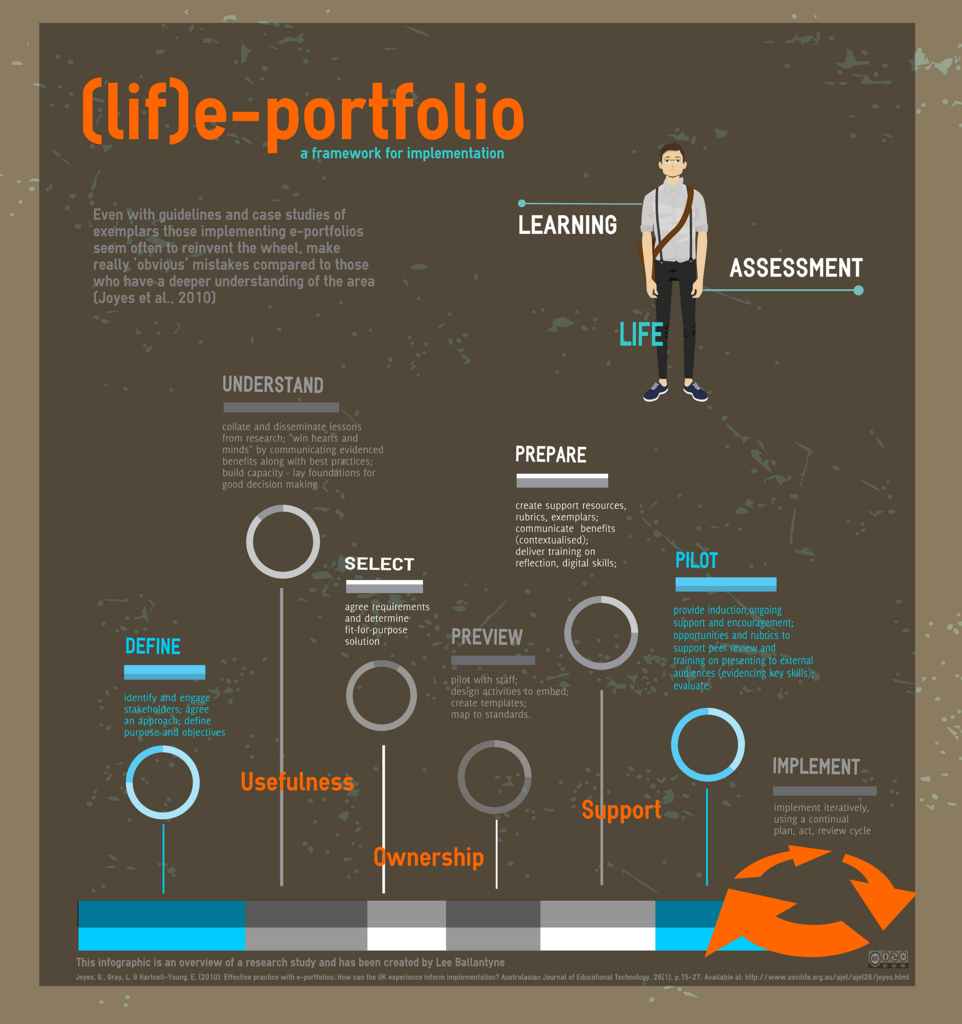Personal Learning Environments, Self Directed Learning and Context
Ten days ago I had an email from Alexander Mikroyannidis from the UK Open University. “Together with some colleagues from the EU project ROLE (http://www.role-project.eu)” he said, “I’m preparing a book to be published by Springer. It will be entitled “Personal Learning Environments in Practice” and it will present the results of applying PLEs in different test-beds in the project.
For each chapter, we have invited an external expert to provide a 2-page commentary that will also be published in the book. Would you be available to write such a commentary for the chapter that describes the vision of the project?”
How could I refuse? And here is my contribution:
Research and development in learning technologies is a fast moving field. Ideas and trends emerge, peak and die away as attention moves to the latest new thing. At the time of writing MOOCs dominate the discourse. Yet the developments around Personal Learning Environments (PLEs) have not gone away. It could be argued that the development and adoption of PLEs is not so much driven the educational technology community but by the way people (and not just students) are using technology for learning in their everyday lives.
Even when Learning Management Systems were in their prime, there was evidence of serious issues in their use. Teachers tended to use such environments as an extended file storage system; forums and discussion spaces were frequently under populated. In other words such systems were used for managing learning, rather than for learning itself. Learners expropriated and adapted consumer and productivity applications for their learning. Such trends became more pronounced with the emergence of Web 2.0 and social software. Social networking applications in particular, allowed the development of personal learning networks. Rather than go to the institutionally sanctioned LMS or VLE, learners communicated through Facebook or Whats App. PLNs were not longer limited to class or course cohorts but encompassed wider social and learning networks. Wikipedia has emerged as a major open resource for learning.
As mobile technologies have become increasingly powerful and, at least in some countries, internet access has become increasingly ubiquitous, learners use their own devices for learning and are not confined to institutional facilities. Regardless of trends in educational technology theory and research, learners are developing and using their own Personal Learning Environments.
At the same time, the ongoing rapid developments in technologies are changing forms of knowledge development and leading to pressures for lifelong learning. Universities and educational institutions can no longer preserve a monopoly on knowledge. Notwithstanding their continuing hold on accreditation, institutions are no longer the only providers of learning, a move seen in the heart-searching by universities as to their mission and role.
Such changes are reflected in the growing movement towards open learning, be it in the form of MOOCs or in the increasing availability of Open Educational Resources. The popularity of MOOCs has revealed a vast pent up demand for learning and at least in the form of the c-MOOCs has speeded the adoption of PLEs. MOOCs are in their infancy and we can expect the rapid emergence of other forms of open learning or open education in the next few years.
Learning is becoming multi-episodic, with people moving in and out of courses and programmes. More importantly the forms and sources of learning are increasingly varied with people combining participation in face-to-face courses, online and blended learning programmes and self directed and peer supported learning using different internet technologies.
These changes are reflected in discussion over pedagogy and digital literacies. It is no longer enough to be computer literate. Learners need to be able to direct and manage their own learning, formal and informal, regardless of form and source. In conjunction with More Knowledge Others (Vygotsky, 1978) they need to scaffold their own learning and to develop a personal knowledge base. At the same time as the dominance of official accreditation wanes, they need to be able to record and present their learning achievement. Personal Learning Environments are merely tools to allow this to happen.
All this leads to the issue of the role of educational technology researchers and developers. In research terms we need to understand more not just about how people use technology or learning but how they construct a personal knowledge base, how they access different resources for learning, including people and how knowledge is exchanged and developed.
At a development level, there is little point in trying to develop a new PLE to replace the VLE. Instead we need to provide flexible tools which can enhance existing technologies and learning provision, be it formal courses and curricula or informal learning in the workplace or in the community. It can be argued that whilst most educational technology development has focused on supporting learners already engaged in educational programmes and institutions, the major potential of technology and particularly of Personal Learning Environments is for the majority of people not enrolled on formal educational programmes. Not all workplaces or for that matter communities offer a rich environment or learning. Yet there is vast untapped potential in such environments, particularly for the development and sharing of the tacit knowledge and work process knowledge required in many tasks and occupations. PLE tools can help people learning in formal and informal contexts, scaffold their learning and develop a personal learning knowledge base or portfolio.
At both pedagogic and technical levels, context provides a major challenge. Whilst mobile technologies recognise the context of place (through GPS), other and perhaps more important aspects of context are less well supported. This includes time – how is what I learned at one time linked to something I learned later? It includes purpose – why am I trying to learn something? It includes the physical environment around me, including people. And of course it includes the social and semantic links between places, environments, people and objects.
The challenge is to develop flexible applications and tools to enhance peoples’ PLEs and which can recognise context, can support people in scaffolding their learning and develop their own Personal Learning Networks and enhance their ability to direct their own learning and the learning of their peers.
Two major European funded projects, ROLE and Learning Layers are attempting to develop such applications. They both have the potential to make major inroads into the challenges outlined in this short paper.
Reference
Vygotsky, L. S. (1978). Mind in society: The development of higher psychological processes. Cambridge, MA: Harvard University Press.



